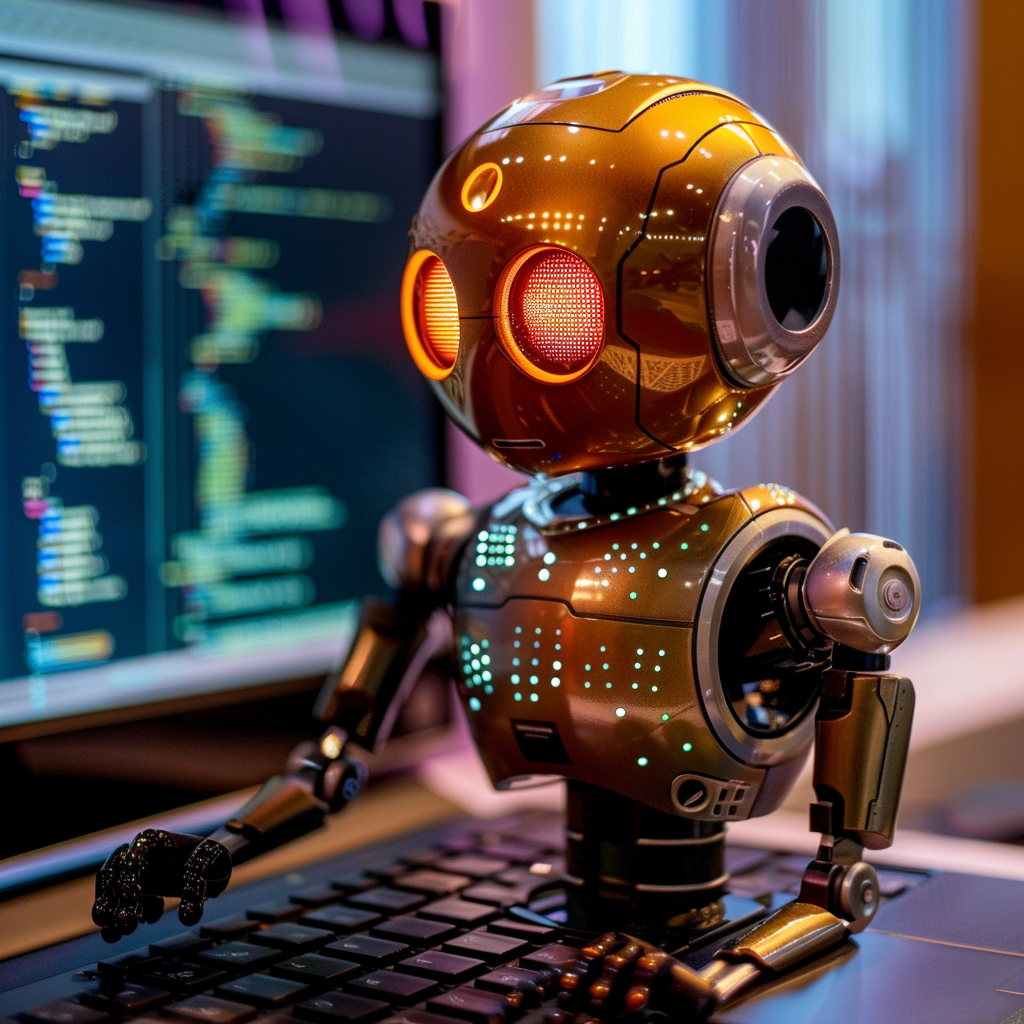
Introduction
The web development industry continues to evolve at an unprecedented pace, and as we step into 2025, Artificial Intelligence (AI) has emerged as a transformative force. From automating repetitive tasks to enhancing user experiences, AI-powered tools are reshaping how websites are designed, developed, and maintained. This article explores the latest advancements in AI-driven web development tools, their impact on the industry, and how developers can leverage them to stay ahead of the curve.
The Role of AI in Web Development
AI is no longer a futuristic concept—it’s a practical tool that developers are using daily. Its applications span across various stages of web development, including:
- Design Automation: AI tools like Adobe Sensei and Figma’s AI plugins can generate design layouts based on user preferences and industry standards.
- Code Generation: Platforms such as GitHub Copilot use machine learning to assist developers by suggesting code snippets or even writing entire functions.
- Testing and Debugging: AI-powered testing tools like Testim automate the identification of bugs and optimise testing processes.
- Personalisation: AI algorithms analyse user behaviour to deliver personalised content, improving engagement and conversion rates.
Key AI-Powered Tools Transforming Web Development
1. AI Design Assistants
- Tools like Wix ADI (Artificial Design Intelligence) allow users to create websites without extensive technical knowledge. By answering a few questions, users can generate fully functional websites tailored to their needs.
- For professional developers, platforms like Sketch and Figma now incorporate AI features that suggest design improvements or automate repetitive tasks.
2. Code Generators
- GitHub Copilot has revolutionised coding by acting as an intelligent assistant that understands context and suggests code.
- OpenAI’s Codex enables developers to write code by describing what they need in natural language, reducing development time significantly.
bI Testing Tools
- Tools like Testim and Applitools leverage machine learning to identify visual bugs and inconsistencies across different devices and browsers.
- These tools also predict potential issues before they occur, ensuring smoother deployments.
bontent Personalisation Engines
- AI platforms such as Optimisely use user data to customise website content dynamically, enhancing user experience.
- E-commerce sites benefit greatly from AI-driven product recommendations based on browsing history and preferences.
5. Chatbots and Virtual Assistants
- ChatGPT-based chatbots are now integral to customer service on websites. They provide instant responses, reducing wait times and improving user satisfaction.
- These bots are becoming more conversational and capable of handling complex queries.
Benefits of Using AI in Web Development
1. Increased Efficiency
- Automating repetitive tasks allows developers to focus on more complex aspects of projects.
- Faster prototyping and deployment reduce time-to-market for new websites.
2. Improved User Experience
- Personalisation engines ensure users see content relevant to their interests, leading to higher engagement.
- Predictive analytics help developers anticipate user needs and design accordingly.
3. Cost Savings
- Automated processes reduce the need for extensive manual labour, cutting down development costs.
- Small businesses can create professional-grade websites without hiring large teams.
4. Enhanced Security
- AI-powered security tools detect vulnerabilities in real time, protecting websites from cyber threats.
- Machine learning algorithms adapt to new types of attacks faster than traditional methods.
Challenges in Adopting AI for Web Development
While AI offers numerous advantages, its adoption comes with challenges:
- Learning Curve: Developers need to familiarise themselves with new tools and technologies.
- Ethical Concerns: Issues such as data privacy and algorithmic bias require careful consideration.
- Cost of Implementation: Advanced AI tools can be expensive for smaller firms or individual developers.
Future Trends in AI-Powered Web Development
1. Voice-Activated Interfaces
- As voice search becomes more prevalent, websites will integrate voice commands for navigation and interaction.
2. Generative Design
- AI will not only suggest design elements but also create unique layouts tailored to specific industries or audiences.
3. Advanced Predictive Analytics
- Websites will use predictive models to anticipate user behaviour more accurately, offering proactive solutions or recommendations.
4. Integration with AR/VR
- AI will play a crucial role in creating immersive web experiences by combining augmented reality (AR) and virtual reality (VR) with traditional web interfaces.
How Developers Can Stay Ahead
To thrive in this rapidly evolving landscape, web developers should:
- Invest time in learning about emerging AI tools and technologies.
- Focus on building skills in data analysis and machine learning basics.
- Stay updated on ethical guidelines for using AI responsibly.
- Experiment with integrating AI features into their projects to understand their practical applications better.
Conclusion
AI-powered tools are revolutionising web development by automating processes, enhancing user experiences, and enabling innovative solutions. As these technologies continue to advance, they will become indispensable for developers aiming to create cutting-edge websites. By embracing these tools today, developers can position themselves at the forefront of the industry’s future.